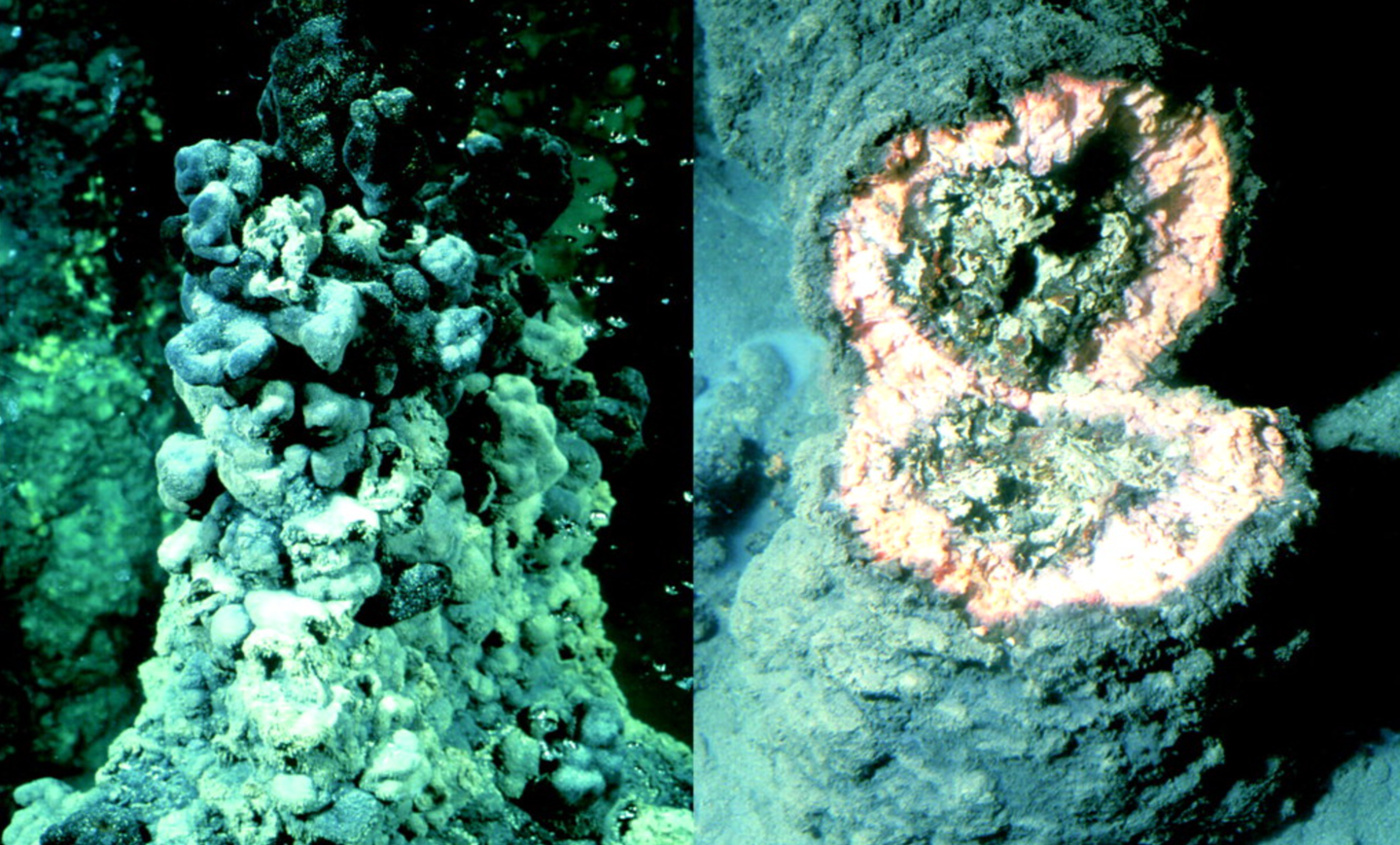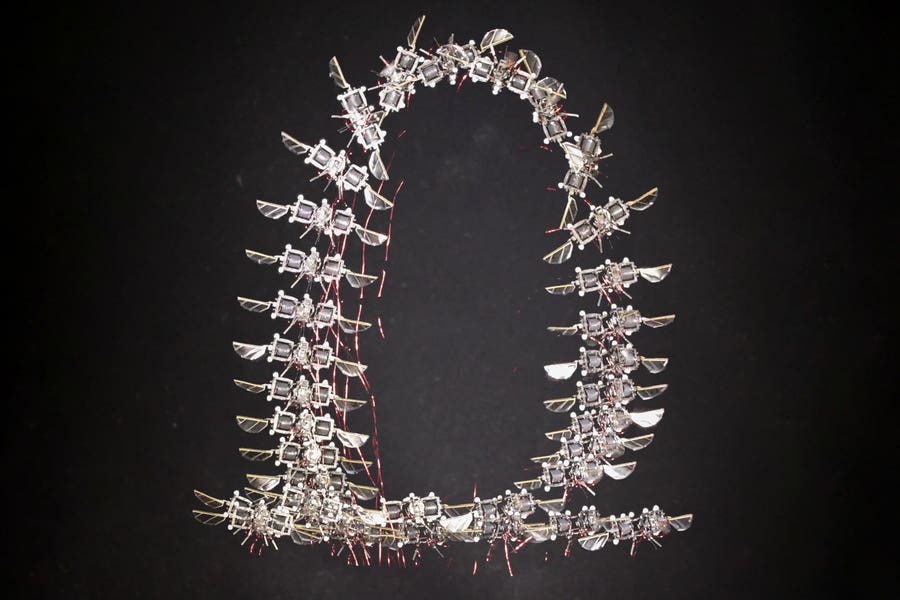Global First: Physicists simulate wormhole travel using quantum computer
Physicists use a quantum processor to simulate a wormhole and teleport information, advancing quantum gravity research.

Physicists sent quantum information through a system that mimics a wormhole, opening new paths in gravity research. (CREDIT: metamorworks / iStock Images)
A new experiment using Google’s Sycamore quantum processor has taken a bold step toward testing ideas from quantum gravity. For the first time, researchers successfully sent quantum information through a quantum system in a way that mirrors how a wormhole would behave—if it could exist.
While this doesn’t mean anyone opened a literal hole in the fabric of spacetime, the team used a powerful model that allowed information to pass from one region to another using a quantum teleportation protocol. And unlike Hollywood-style wormholes, this one existed inside a computer chip.
Teleporting through quantum spacetime
The idea of a traversable wormhole stems from a surprising link between gravity and quantum entanglement. This concept—called the ER=EPR conjecture—suggests that the kind of “spooky action at a distance” seen in entangled particles could mirror the behavior of a wormhole. In this view, entanglement and spacetime geometry might be different sides of the same coin.
The team used a well-known theoretical model called the Sachdev–Ye–Kitaev (SYK) model, which simulates a chaotic quantum system with features like those found in black hole physics. The SYK model is thought to have a dual gravitational description in two-dimensional anti-de Sitter (AdS2) space, a curved spacetime often used in theoretical physics.
The experimental twist came when researchers used a quantum teleportation protocol to simulate the transfer of a qubit—basically the smallest unit of quantum information—through this artificial wormhole.
From complex theory to real qubits
The researchers faced a key challenge: how to scale down a model complex enough to show gravitational behavior, yet simple enough to run on current quantum hardware.
To solve this, the team used machine learning techniques to "sparsify" the SYK model—cutting down the number of interactions while keeping essential physics intact. This approach let them simulate the process using only nine qubits and 164 two-qubit gates, making the experiment possible on the Sycamore quantum processor.
Related Stories
- Physicists use 5,564-qubit quantum computer to model the death of our universe
- Silicon qubits bring scalable quantum computing closer to reality
- Subatomic wormholes could be responsible for universal expansion
“The complex quantum circuits required would have made larger systems with hundreds of qubits impossible to run on quantum platforms available today, so it was important to find such small examples,” explained Alexander Zlokapa, a second-year graduate student at MIT who co-led the research.
Zlokapa, who began this work as an undergrad in Maria Spiropulu’s lab at Caltech, worked closely with postdoc David Kolchmeyer and MIT professor Daniel Harlow. They partnered with physicists from Harvard, Caltech, Fermilab, and Google Quantum AI.
How the wormhole opened
In the lab, the researchers created two entangled quantum systems, each acting like a simulated black hole. They then inserted a qubit into one side and applied a negative energy shockwave to the system. This disturbance allowed the qubit to travel to the other side, mimicking how a wormhole might carry information.
The entire process was guided by the size-winding mechanism, which describes how quantum information scrambles in one part of the system and then unscrambles in the other. The team verified that signals emerged in a causal, time-ordered way, consistent with how wormholes are expected to behave.
“We showed that if the wormhole is propped open for long enough time by the negative energy shockwaves, a causal path is established between the two quantum systems,” said Caltech’s Spiropulu. “The qubit inserted into one system is indeed the same that appears on the other system.”
This experiment used a thermofield double state—a special form of entanglement between two quantum systems that resembles a wormhole connecting two black holes. When this system is disturbed at just the right time, a path opens up through which the qubit can travel.
Not just a simulation
Although the results matched what classical simulations predicted, this experiment wasn’t just digital mimicry. It was a physical realization using actual qubits and real-time quantum logic.
“This is different from running a simulation on a classical computer,” said Spiropulu. “No physical system is created in a conventional simulation. Here, we saw the information travel through the wormhole.”
Researchers compared the quantum data with calculations from classical computers to verify accuracy. The outcome was consistent with expectations for wormhole-like teleportation and scrambling dynamics.
They observed signatures such as Shapiro time delay, which occurs when signals take longer to travel due to gravitational effects. Even though the system was only an approximation of true gravity, it showed these key behaviors.
Opening the door to lab-based quantum gravity
This work, published in Nature, brings theoretical physics closer to the lab bench. It opens new ways to explore the holographic principle, which proposes that information inside a volume of space can be described by data on its boundary. It also supports the idea that quantum entanglement can shape spacetime itself.
Kolchmeyer, who was advised by Jafferis during his PhD, said, “These physicists discovered a quantum mechanism to make a wormhole traversable by introducing a direct interaction between the distant spacetime regions, using a simple quantum dynamical system of fermions.”
“We used these entangled quantum systems to produce this kind of ‘wormhole teleportation’ using quantum computing and were able to confirm the results with classical computers,” he added.
This was no easy task. Building a system with high enough fidelity to maintain entanglement and allow information to teleport was complex. But the success shows that today’s quantum computers—though still in early stages—can test deep ideas from quantum gravity and string theory.
A glimpse into the future
While this experiment doesn't yet offer a complete lab model of quantum gravity, it’s a major stepping stone. Researchers now aim to test more advanced wormhole models, perhaps even in higher dimensions. But they’ll need better hardware, more qubits, and greater computational power to get there.
“This is a promising initial step,” said MIT physicist Daniel Harlow. “Simulating strongly-interacting quantum systems, such as those that arise in quantum gravity, is one of the most exciting applications of quantum computers.”
Zlokapa agrees. “I’m very curious to see how much further we can probe quantum gravity on today’s quantum computers,” he said. “We have some concrete ideas for follow-up work that I’m very excited about.”
This study was supported by the Department of Energy’s Office of High Energy Physics under the QuantISED program, which funds efforts to explore quantum communication channels in fundamental physics.
As quantum computers evolve, you might soon witness more theories from the edge of physics unfold—right inside a processor.
Note: The article above provided above by The Brighter Side of News.
Like these kind of feel good stories? Get The Brighter Side of News' newsletter.



